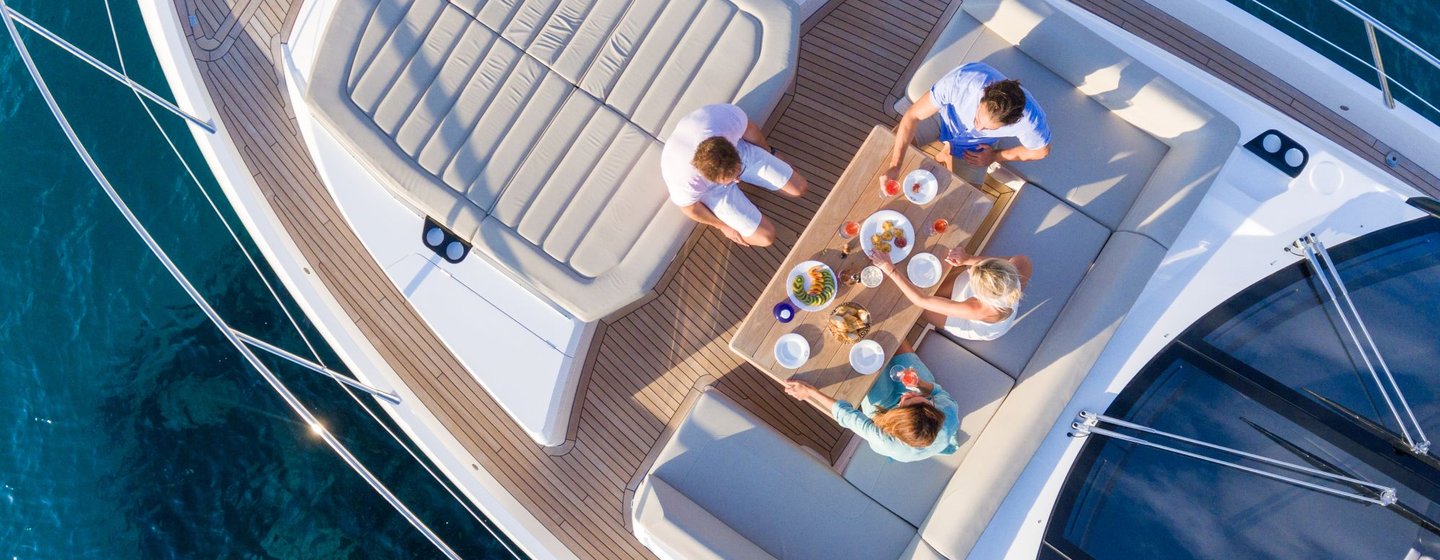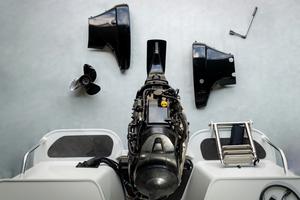This guide makes finding the right yacht an enjoyable and informed process by placing you at the center of all considerations. Follow our three easy steps and you will be well on the way to yacht-buying success.
1. How Will You Use Your Yacht?
There are many different ways to use your yacht. A quiet Sunday afternoon, a social occasion, a weekend away, or a longer voyage.
A yacht capable of longer voyages will be able to cater to most needs, but the level of its build and engineering will mean this versatility comes at a high price. A yacht designed for light use will be more affordable but have limitations on where you can go and how many can go with you.
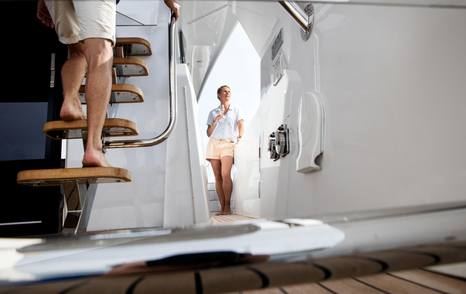

Think of it this way, if your dream yacht can comfortably look after four people over a weekend, but you want to travel as a five for a week, then the chances are that regardless of how good the yacht looks, it will never meet your expectations.
Here at YachtBuyer, we have created seven separate use types that cover every aspect of yachting. But for this article, we opted for three broader use categories with example yacht types to help simplify your choices.
Use Categories:
Dayboating
Being on the water all day is fun. For some people it is everything, returning to a base at the end of the day to sleep elsewhere. If this is you, then you don’t necessarily need to invest in a larger yacht with multiple cabins.
But being on the water, even for a few hours, brings a set of needs. If you're yachting with children you may need some shelter, a toilet is always handy and you need to know the yacht is able to handle the local conditions.

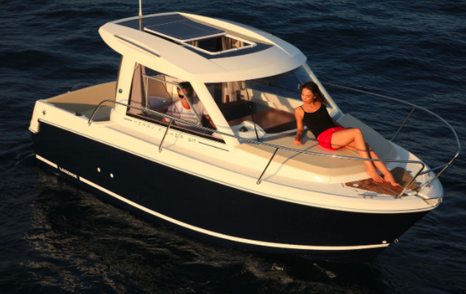
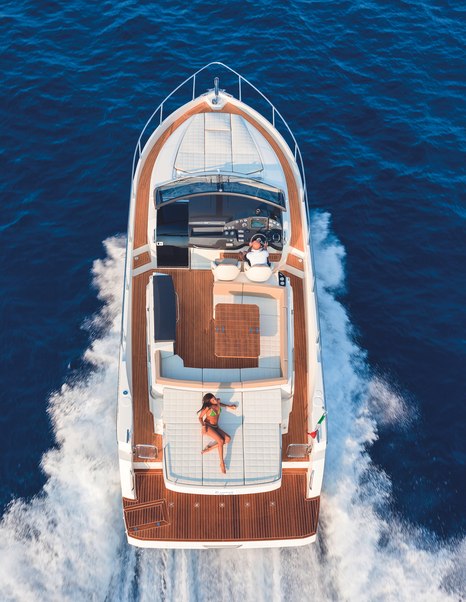
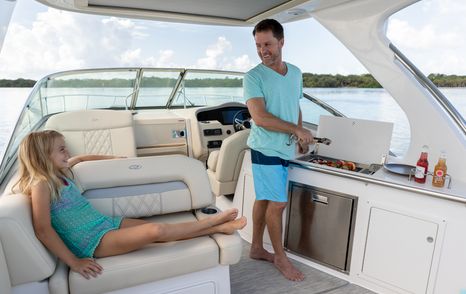
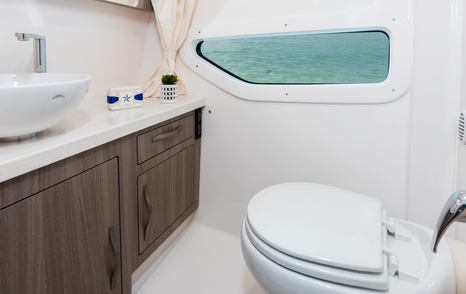
Dayboating Yacht Features and Considerations:
- Spacious and safe deck area
- Shade from the sun
- Galley and stores
- Suitable hull and engine size
- Toilet compartment
- Optional cabin for shelter
Yacht Types to Consider:
Weekending
Staying a night or two onboard requires a certain yacht layout and specification. You will need a cabin with space to stretch out in, get changed, and store clothes. Toilet and shower facilities are a must, as is the ability to stow food and drink, cook, and clean up afterward.
A social area, where you can gather night or day, offering shelter as well as space, is another key asset.
If you are staying onboard for a few days you may wish to travel further, so your chosen yacht should be capable of being at sea for hours at a time, with sufficient fuel capacity and range to allow you to explore without needing to refuel. A protected helm (driving) position is another important factor.

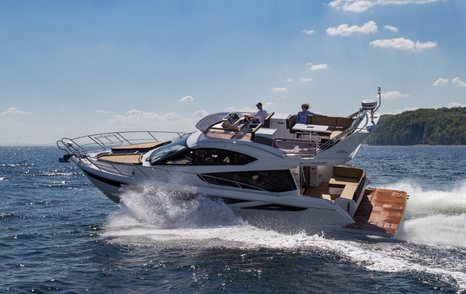
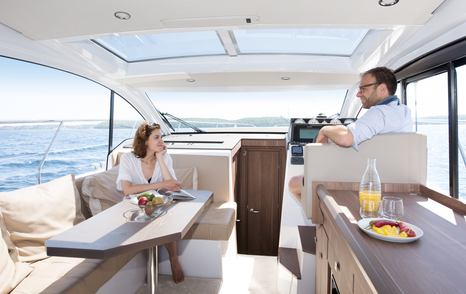
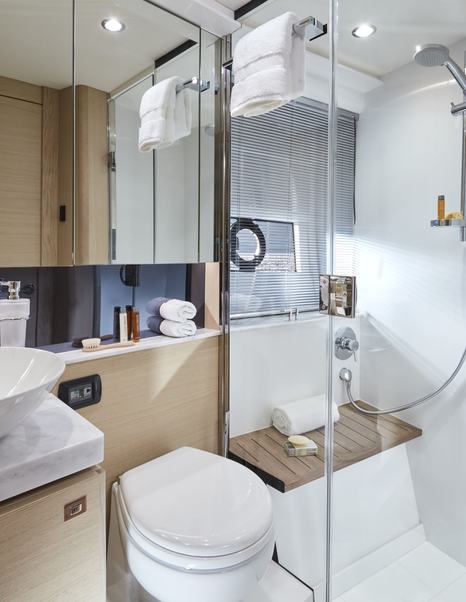
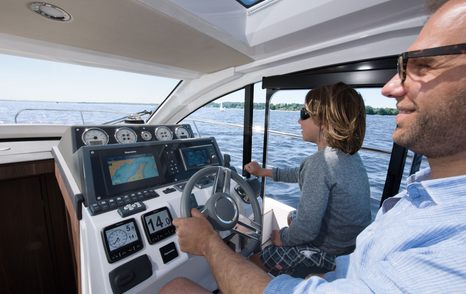
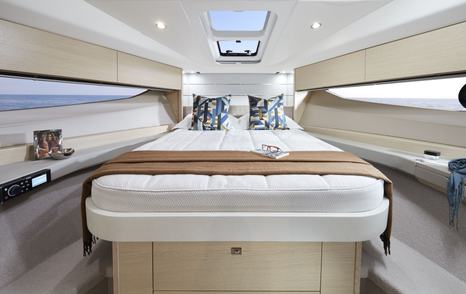
Weekender Yacht Features and Considerations:
- Protected helm position
- Adequate cruising range
- Storage space
- Sleeping cabin(s)
- Toilet
- Cooking facilities
Yacht Types to Consider:
Sports yacht, Flybridge yacht, Sports boats (10m+)
Cruising
If you plan to use your yacht for longer stays and voyages, be that once or 10 times a year, you will require something capable of looking after you and your guests in comfort.
The term cruising refers to the act of spending time onboard and visiting various destinations. This could be in local waters or venturing further afield. So, the yacht you choose should be capable of spending longer periods at sea and be self-sufficient away from port.
Longer stays require more space to live and store provisions, it also means a higher specification and level of equipment to support an enjoyable time aboard. Cabins you can stand up in and spend time in. Interior and exterior social spaces where you and your crew can gather. A stand-up shower compartment, a proper galley where meals can be cooked, a generator to power electric domestic equipment, a holding tank to contain black waste, and a decent fresh water capacity.
A yacht intended for cruising has a bigger job to do and so requires more thought, space, and equipment."
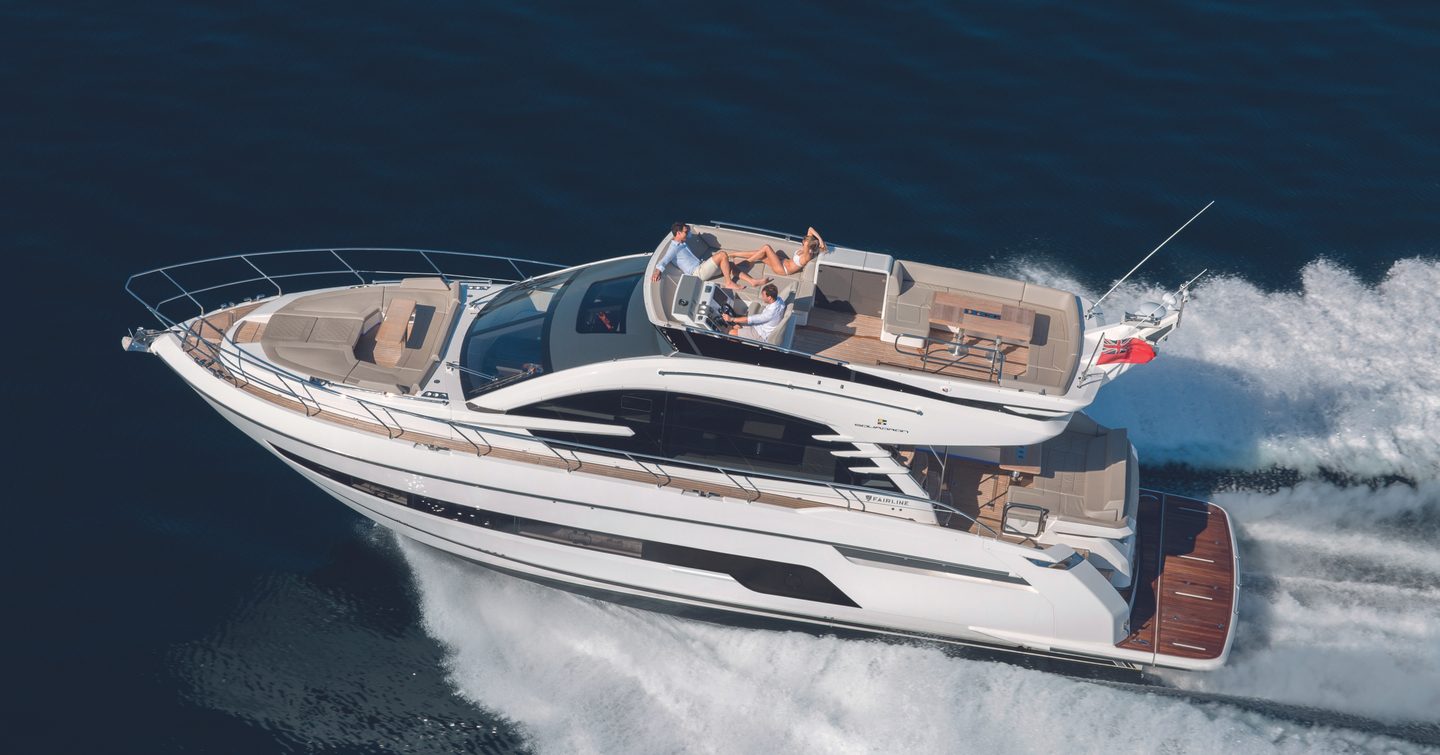
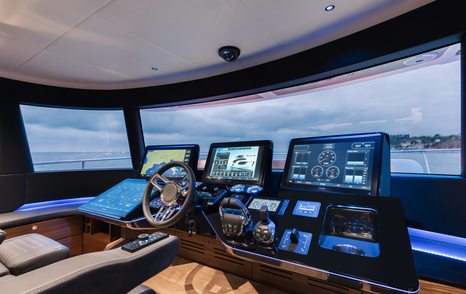

Cruising Yacht Features and Considerations:
- Capable hull design
- Spacious sleeping cabins
- Suitable performance and cruising range
- Protected helm area with space for navigation systems
- A higher domestic specification to support time onboard
- Full galley
- Inside and outside social areas
- Multiple stand-up toilet and shower compartments
- Sufficient stowage space for food and clothes
Yacht Types to Consider:
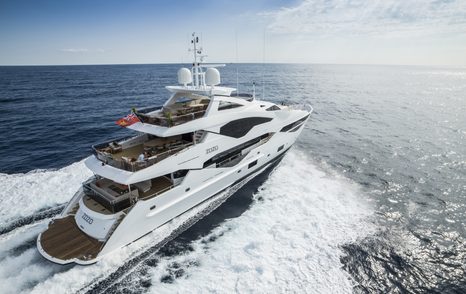

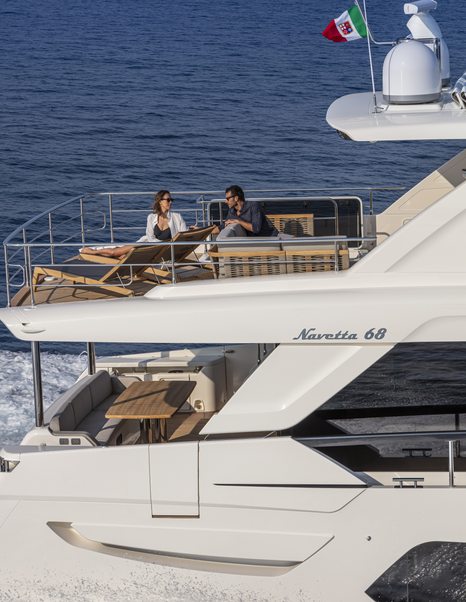
2. Guests, Cabins and Berths
Considering how many people will actually be or stay onboard will help you decide the size and type of yacht you need.
The maximum number of guests allowed on a yacht will differ from those able to sleep onboard. A 12m (40ft) yacht will be able to take around 12 guests but sleep only four or six. A 20m (65ft) yacht may be able to take 20 guests, sleeping perhaps eight. But remember these maximum guest numbers are provisional, in that the weather and sea conditions must be taken into account. In any case, going to sea with 12 or 20 people aboard will feel very busy and place huge levels of responsibility on the skipper. Best to keep these numbers for drinks in port.
Two people to a cabin is usual, with optional convertible sofas increasing the number of berths. But providing a cabin for each guest is one of the biggest reasons owners decide to buy a bigger yacht. For instance, when children get older, sharing might not be practical so the two-cabin yacht is traded in for a three or four-cabin model.
Below, we have created a handy guide to berth numbers across the yacht size spectrum. Consider how many people will usually stay onboard your yacht and find the right size yacht for you.
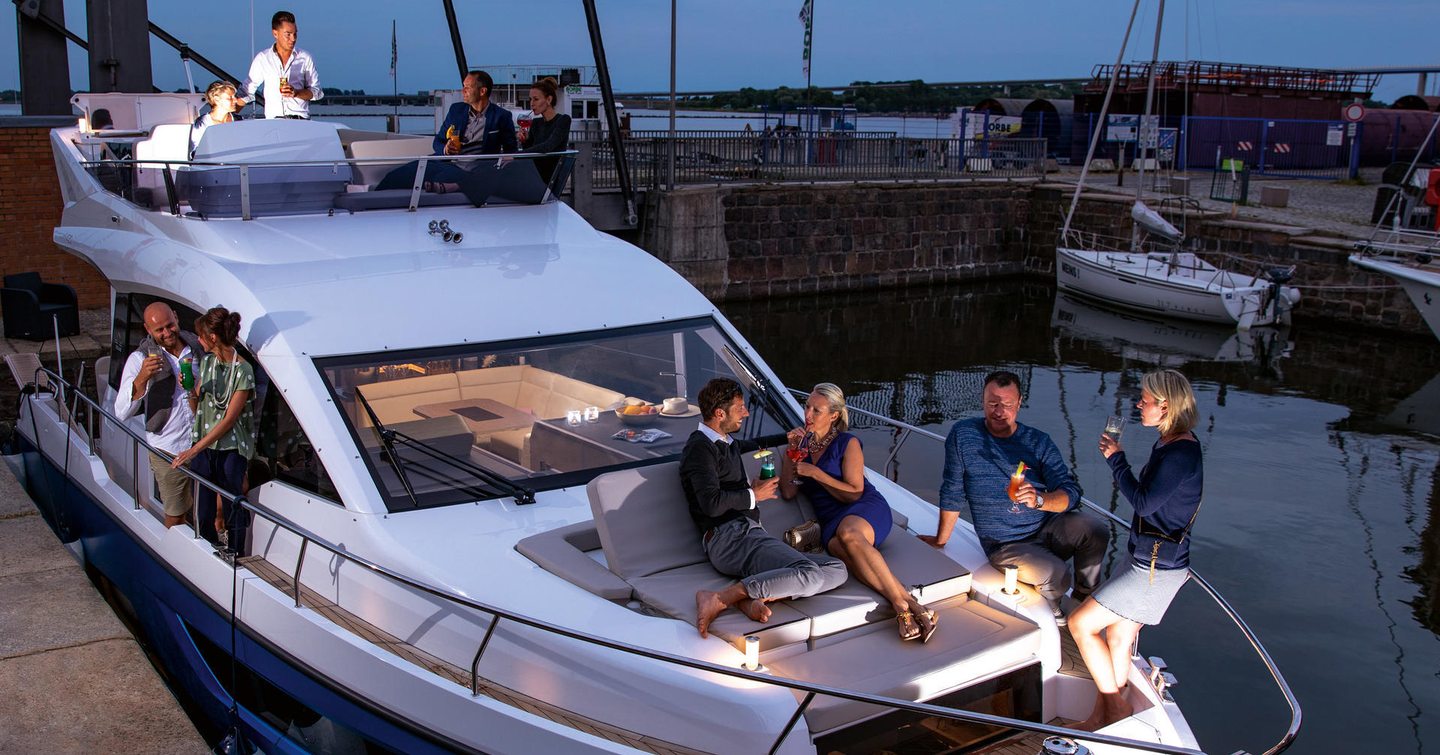
Typical Permanent* Berth and Cabin Numbers per Yacht Size:
| Yacht Length | Berths | Cabins |
|---|---|---|
| 12m | 4 berths | 2 cabins |
| 15m | 6 berths | 3 cabins |
| 20m | 8 berths | 4 cabins |
| 30m | 10+ berths | 5 cabins |
* Not including optional occasional berths, ie. convertible sofas, Pullman etc.
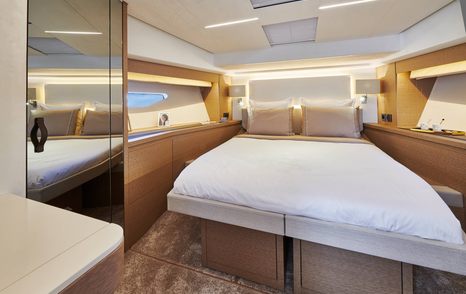
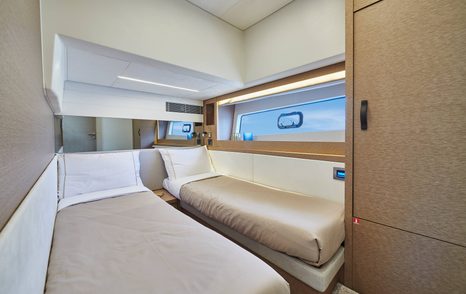

3. Where Will You Use Your Yacht?
Considering your cruising ground is a vital part of the buying process. There are many subtleties to this question, for instance, do you plan to use your yacht in a cold or hot climate? What is the local marine infrastructure like? What distances will the yacht need to cover, and what are the sea conditions like?
You can read an in-depth article on cruising grounds, but for now, we will focus on the more basic and fundamental questions of inland and coastal use.
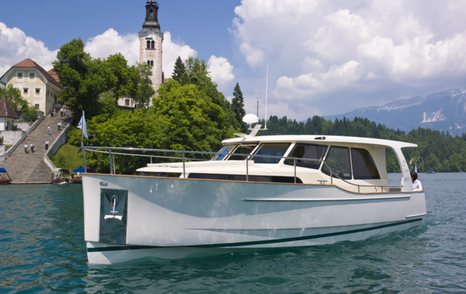
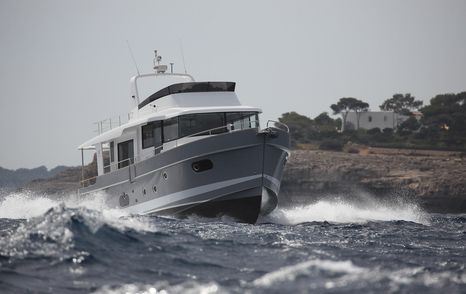
Inland Use
Rivers and lakes may be less demanding than coastal waters, but they still require particular yacht attributes and buying considerations.
Inland waterways have bridges to pass under and can be shallow. As such, the main design elements for an inland yacht are lower air draught (the height of the yacht above the waterline) and a shallow draft hull that is able to take to the ground (touch the bottom) without damaging the propulsion unit.
Inland speeds are lower and you will need to maneuver in more confined spaces, so easy and intuitive slow-speed handling is very important. At the same time, the effect of wind and stream can feel greater at a slow speed, so that lower air draft helps to reduce windage.
Inland boating often means more stopping and starting, so safe low decks are key, allowing the crew to more easily negotiate moorings and get ashore.
Large Lakes
Inland boating is often tranquil, sometimes hectic (if busy), and very social. But you can usually rely on calm waters unless you're on a large lake. If the wind gets up, lakes can throw up comparatively large waves, with a short energetic chop created. If you are planning to boat on a large lake, investigate the local conditions. You may well be better looking for a coastal yacht than an inland cruiser.
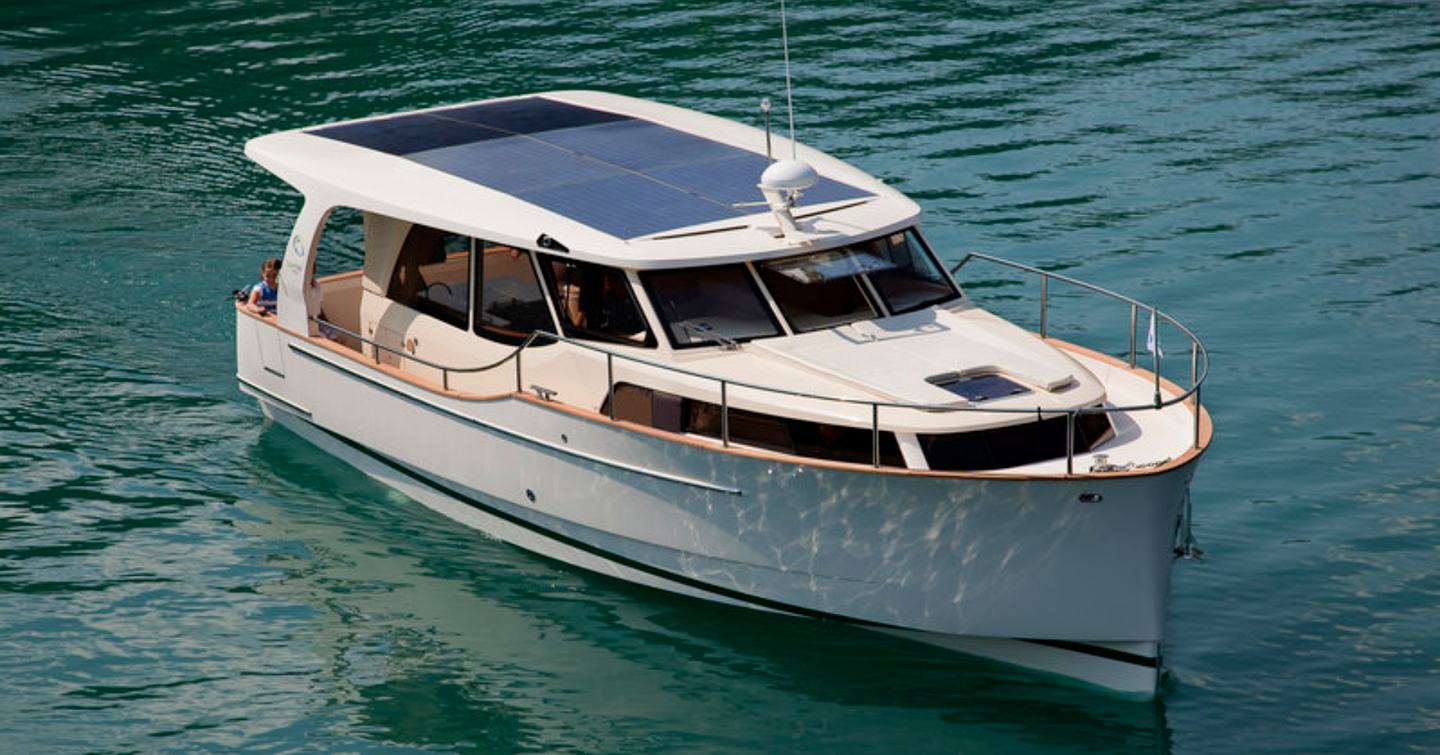
River and Inland Yacht Features and Considerations:
- Lower air draft (height) for bridges
- Protected underwater sections
- Good slow speed handling
- More capable hull design for large lakes
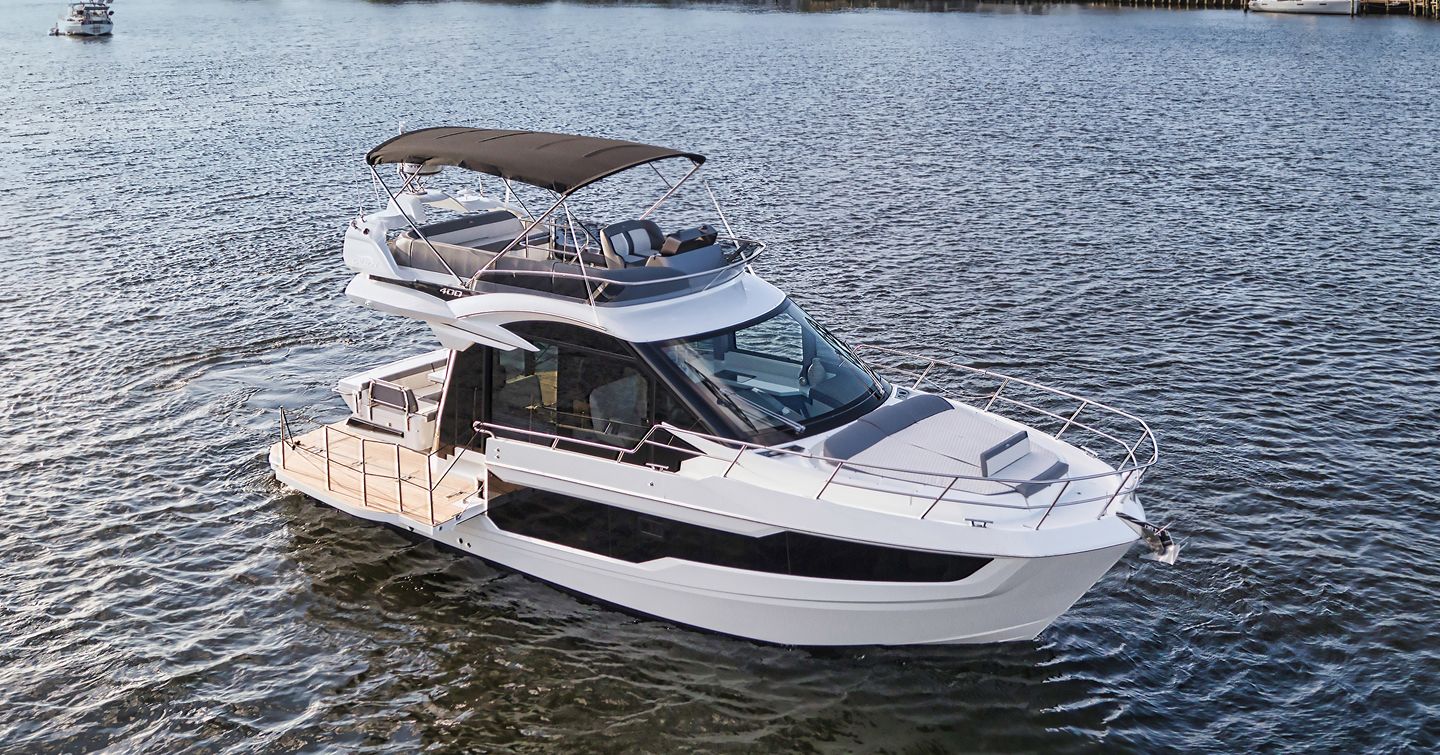
Whilst it is true that a coastal yacht can work inland, in a way that a specialist inland vessel cannot go coastal, there are some caveats with this idea. A large horsepower engine needs to be worked through its rev range and can suffer if kept at low revs for too long. Also, a vessel with a high air draft can be difficult to manage inland, hindering maneuverability.
However, if you want to use your yacht both inland and at sea, there are many coastal vessels that will do the job very well, offering lower air draft and suitable hull and propulsion configurations.
Inland Cost Benefits
If you’re set on inland-only use, there is a very clear benefit in lower yacht purchase prices. Slow-speed inland yachts only require a small single-engine, a factor that can significantly reduce the cost when compared to a large horsepower twin-engine coastal yacht. Similarly, the need for technical equipment, such as electronic navigation systems, is reduced.
Coastal Use
Whilst the demands placed on coastal yachts are greater, so is the choice of yacht available. The vast majority of the yacht-building industry is focused on coastal use, so in many ways, coastal yachts actually require less specialist consideration.
The main considerations for a coastal vessel will be choosing the right hull design and performance type for your style of yachting, ensuring the quality of the yacht is adequate, and that you and the crew can be safe and secure in all weather conditions.
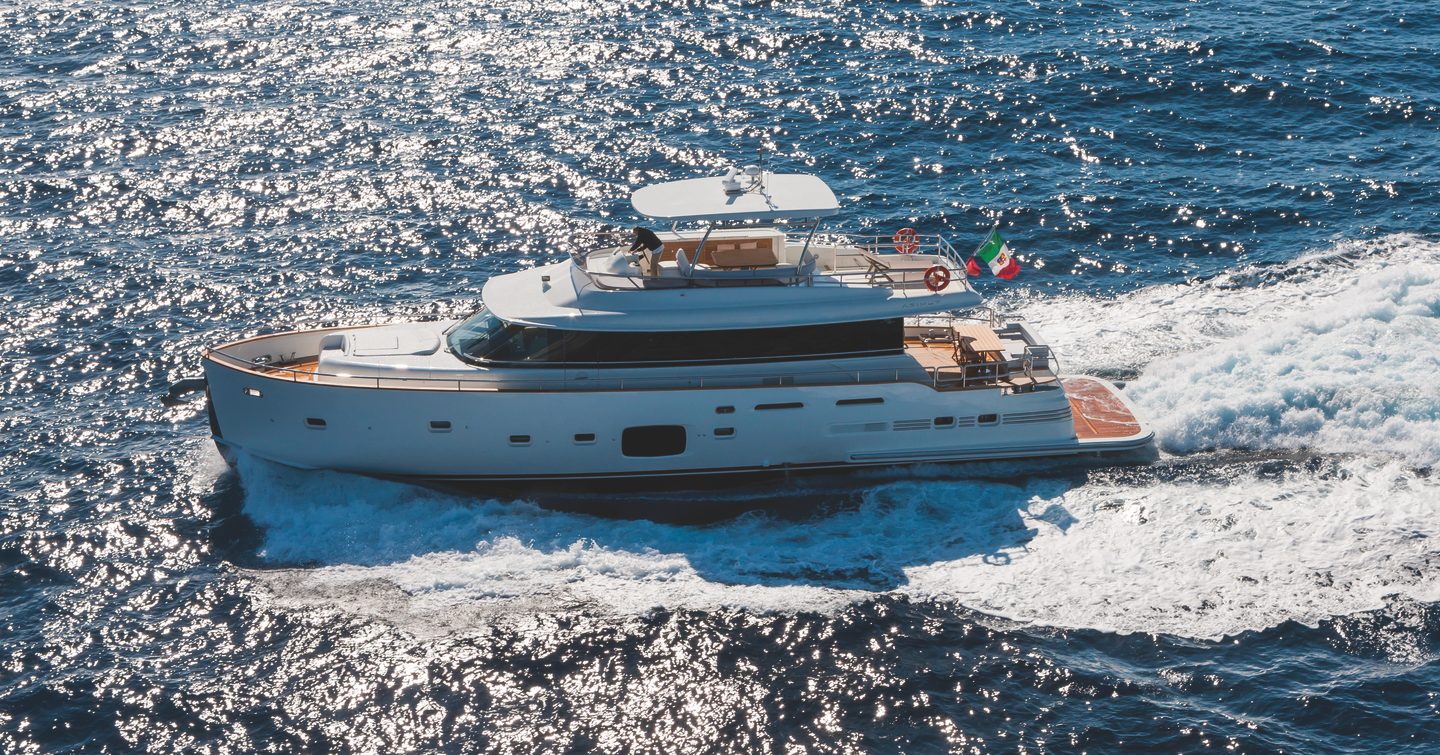
Coastal Yacht Features and Considerations
- Suitable hull design
- Performance to suit your needs
- Good build quality
- All-weather protection
YachtBuyer has a range of articles geared toward coastal yacht types, propulsion, and buying guides. There is a selection below or visit the Guide section for the full selection of articles.
